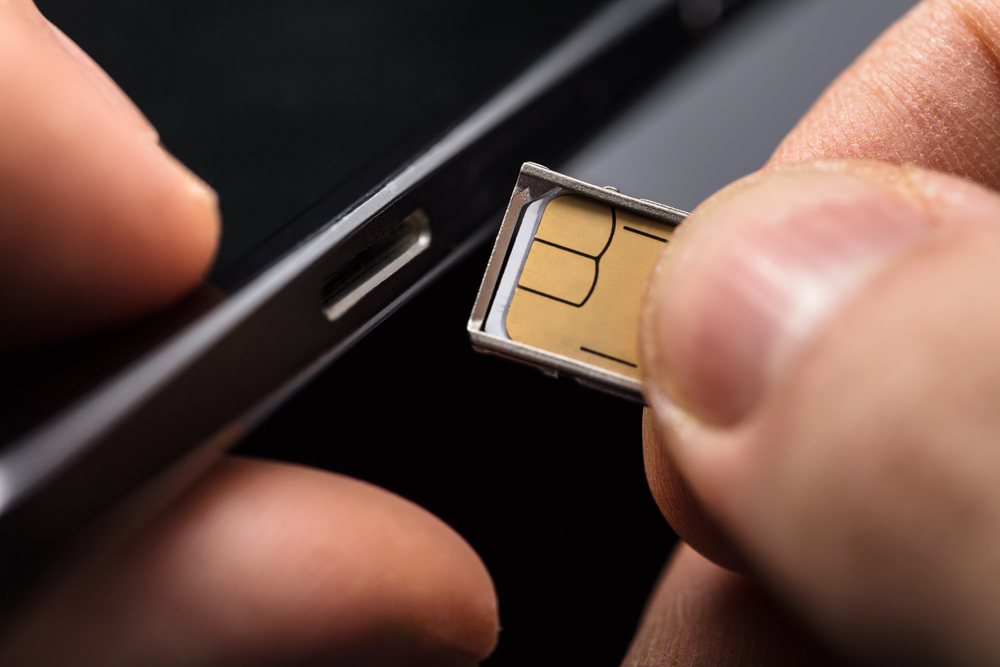Comparing eSIM and Physical SIM: What You Need to Know
Having access to the internet when travelling is of crucial importance, whether it’s for having directions at hand, being able to call the local primary care service when needed, or checking the most important sightseeing points in the city you’re in, a stable internet connection is non-negotiable. However, you are met with two options when it comes to SIM cards you can use abroad. In addition to physical SIM cards, eSIM has recently become increasingly popular. In this article, we will compare the most important aspects of eSIMs and physical SIM cards in hopes that you will have an easier time choosing what works best for you.
eSIM vs physical SIM: form factor

Let’s first look at the forms of these two different types of SIMs. The physical SIM is a small, removable chip that needs to be inserted into your phone or other device. It’s available in different sizes (nano, micro, standard). The eSIM (which is available for tourism and business travels for multiple countries at Yesim.app) is embedded directly into your device’s hardware (it has no removable part). You activate it digitally via a QR code or app, eliminating the need for a physical card.
Use this promo code to get a better price: YESIMHUNG2
Convenience
Another important factor is convenience, and this battle has a clear winner. A physical SIM card requires manual insertion or removal. If you’re switching carriers or phones, you need to physically swap SIM cards. However, an eSIM (available in Hungarian on Yesim.app) is more convenient for switching between carriers, numbers, or plans, as everything is done digitally. This is particularly helpful when travelling or switching between personal and business numbers.
Device compatibility
Almost every phone supports physical SIMs, though new devices are increasingly supporting eSIM technology. However, not all devices support eSIM, but many modern smartphones (like the iPhone, Pixel, and Samsung Galaxy) have started integrating eSIM functionality. Make sure your phone is compatible before relying on this option!
Carrier compatibility
As another bonus point for physical SIM cards, they are widely supported by virtually all carriers around the world. On the contrary, not every carrier offers eSIM support yet, though the number is increasing. It’s important to check if your carrier provides eSIM activation.
Security
One of the most important factors is security. A physical SIM can be easily removed or swapped, making it vulnerable to theft or tampering. An eSIM, however, is more secure because it’s embedded in the phone. It cannot be physically removed, which can help prevent unauthorised SIM swaps (a method used in some identity theft cases). However, this also makes it harder to switch devices quickly in case of theft.
Environmental impact
In today’s rapidly changing climate, taking into account the environmental impact of our actions and choices is crucial. In this case, a physical SIM card generates plastic waste since the cards are made of plastic and often come in larger, wasteful packaging. eSIMs are environmentally friendlier as they reduce the need for physical materials and shipping.
Conclusion
At the end of the day, it will be all up to you which alternative you choose. In conclusion, an eSIM offers greater convenience, flexibility, and security, making it the better option for frequent travellers or those who switch between multiple plans often. Meanwhile, physical SIM cards are still more universally supported, making them more reliable in places where eSIM technology hasn’t been fully adopted.
promocode – YESIMHUNG2
Read also:
Featured image: depositphotos.com



